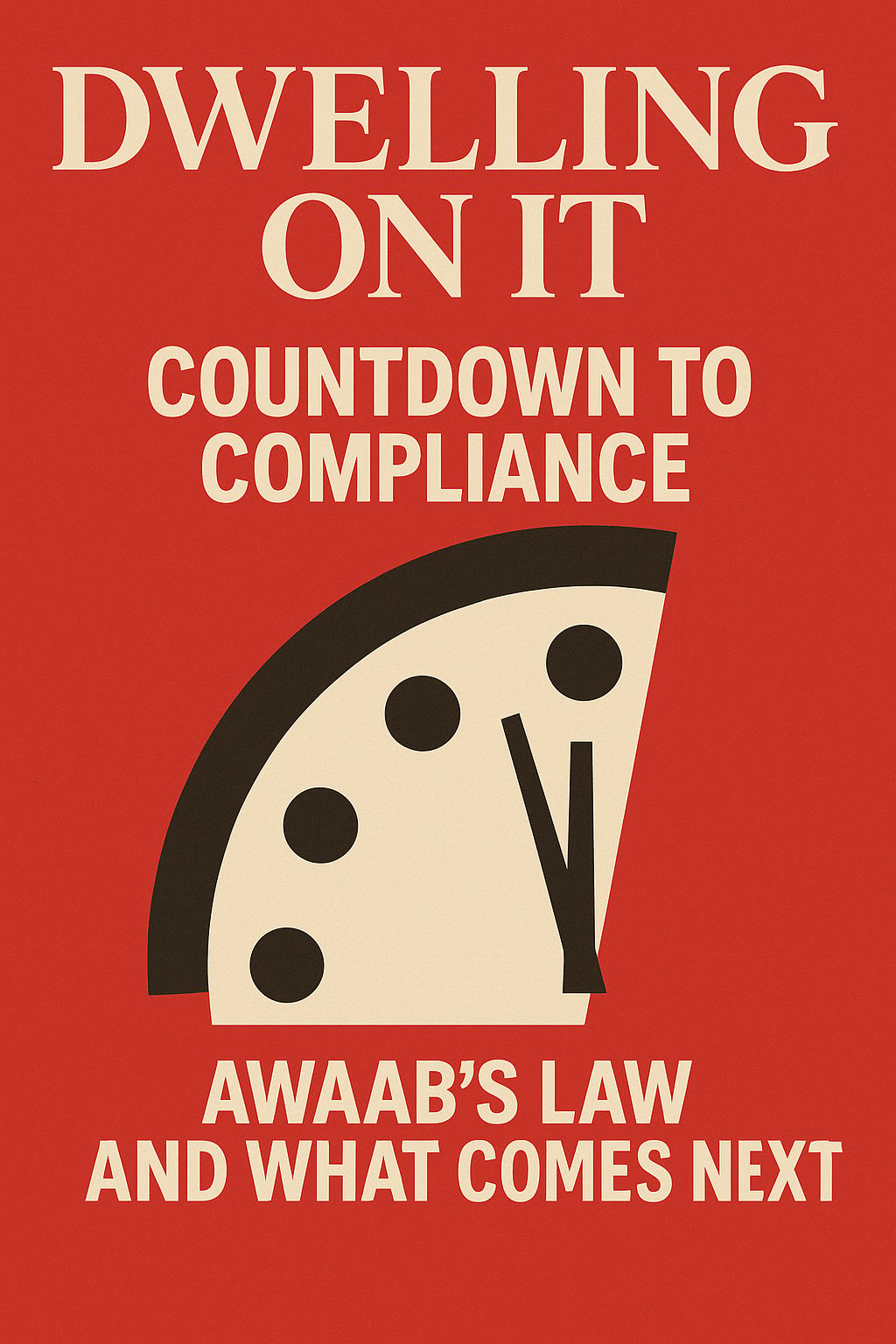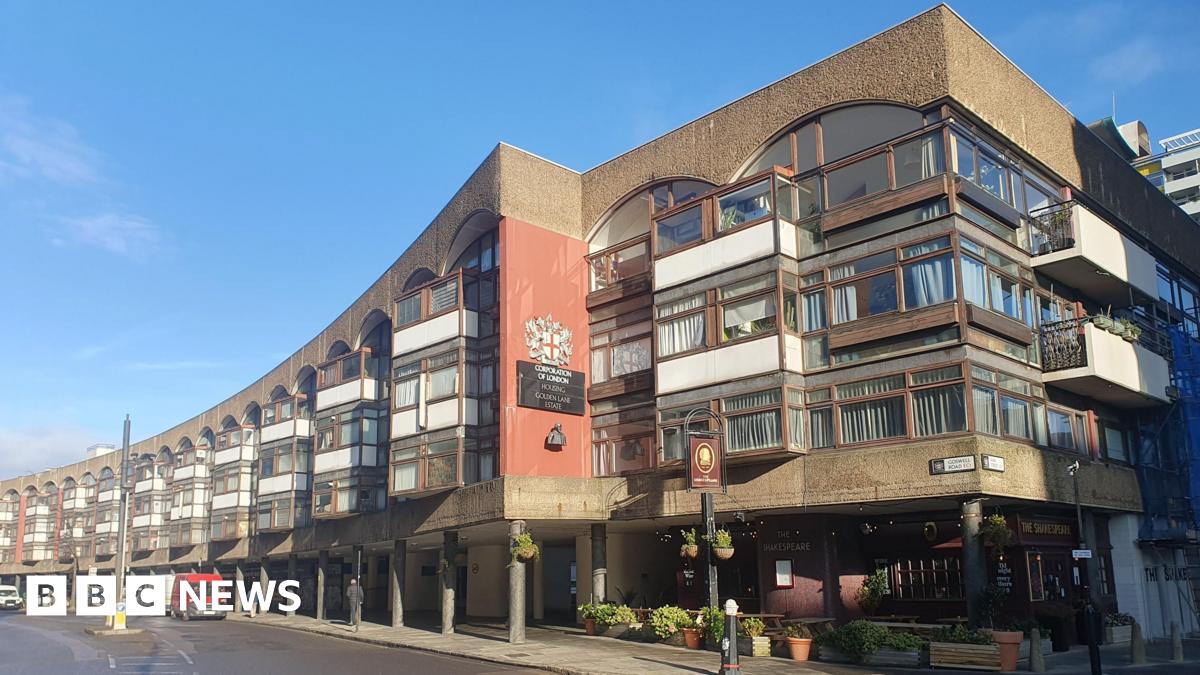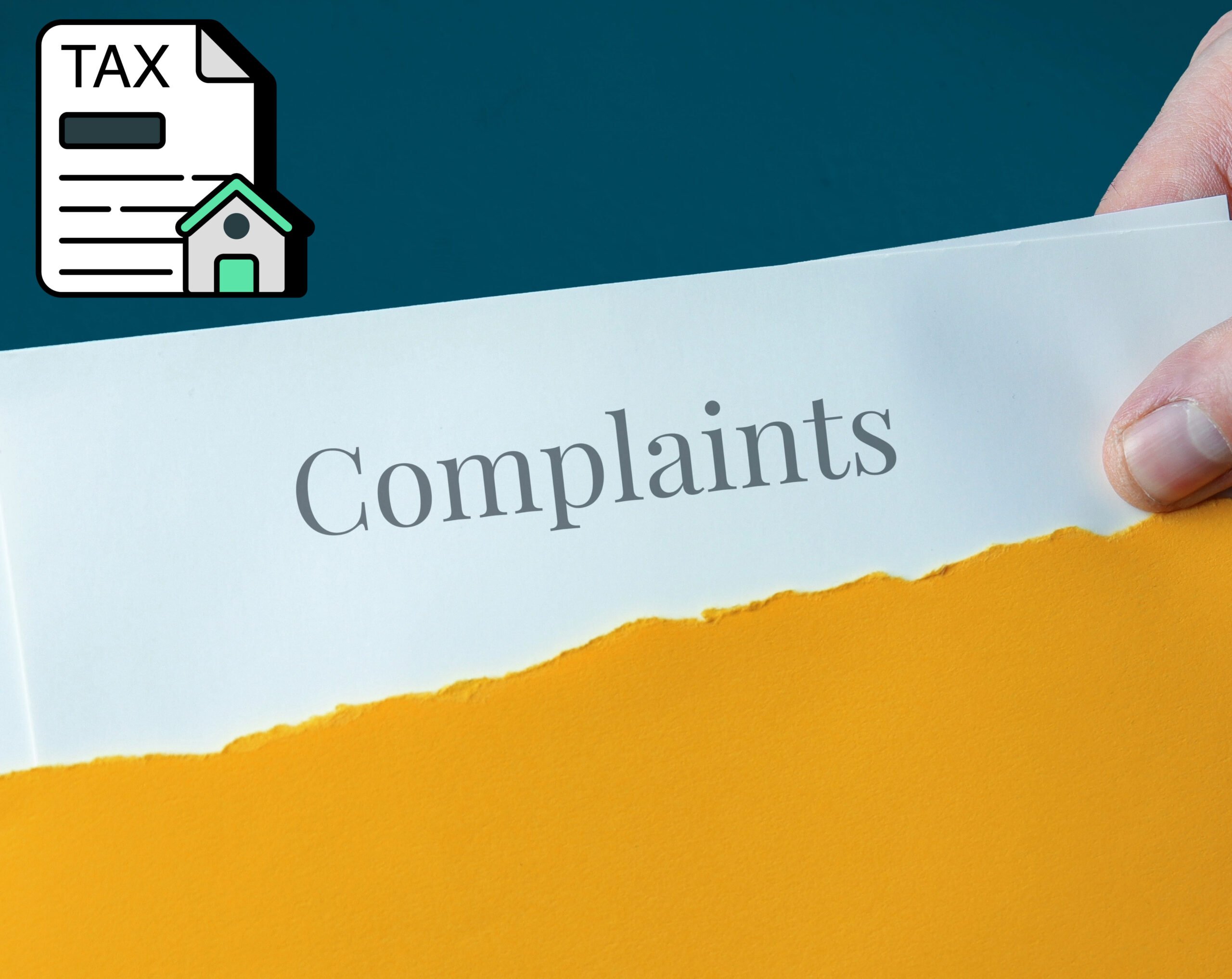- Dwelling On It
- Posts
- Awaab's Law: The Countdown Begins
Awaab's Law: The Countdown Begins
With less than four months until implementation, are you ready for the biggest change to social housing compliance in decades?

When I sat down to write this week’s edition of Dwelling On It, I kept thinking about Awaab Ishak and I’ll be honest, it made me pause.
His death from prolonged exposure to mould in his family's Rochdale home was entirely preventable. His parents had repeatedly raised concerns with their landlord, Rochdale Boroughwide Housing. They were ignored, dismissed, and left to watch their child's health deteriorate in a home that was slowly killing him.
The coroner's ruling was unequivocal: the mould directly contributed to Awaab's death. His parents, supported by Shelter and the Manchester Evening News, fought for change. And now, finally, that change is coming.
Awaab's Law takes effect in October 2025. That's less than four months away.
What Awaab's Law Actually Means
From October, Awaab's Law will force landlords to fix damp and mould as well as carry out emergency repairs, with a phased approach rolling out additional requirements over the following years.
Let's break down what you're actually dealing with:
The Non-Negotiable Deadlines
Requirement | Timeline | What This Means |
|---|---|---|
Property survey | Within 14 days | When a tenant reports a health/safety hazard, you must inspect within two weeks |
Written findings summary | Within 48 hours | After inspection, tenants get a report outlining risks and next steps |
Emergency repairs | Within 24 hours | For hazards risking death/permanent injury (structural collapse, gas leaks) |
Non-emergency repairs | Started within 21 days | For serious hazards like damp and mould |
Miss these deadlines, and tenants can sue you for breach of contract. The penalties include fines, compensation payments, and potentially being banned from managing properties entirely.
The Phased Implementation
October 2025: Social landlords will be required to address damp and mould hazards that present a significant risk of harm to tenants within fixed timescales, alongside all emergency repairs.
2026: Requirements expand to cover critical hazards including excess cold/heat, falls, fire risks, electrical faults, and hygiene issues.
2027: Full coverage of all Housing Health and Safety Rating System (HHSRS) hazards, except overcrowding.
Critics argue this timeline is too slow 7% of social homes still have damp issues, and that's people living in dangerous conditions while we phase in basic safety requirements. But Housing Secretary Angela Rayner defends the approach as allowing for "systematic change" whilst prioritising the highest-risk hazards first.
What This Means for Your Organisation Right Now
If you're running a housing association, local authority housing department, or ALMO, this changes everything about how you operate.
The Operational Reality
You need systems that work in real time. When a tenant calls about mould on a Friday afternoon, you've got until the following Friday to get someone out there.
Documentation becomes critical. Every report, every inspection, every repair decision needs to be recorded and easily accessible. If you end up in court, i think data retention is an area that a lot of housing associations will struggle with.
Emergency response protocols need to be bulletproof. Twenty-four hours to address life-threatening hazards means having contractors on standby, clear escalation procedures, and systems that work at weekends.
The Financial Impact
Smart money says most housing providers are underestimating the cost of compliance. You're not just looking at more repairs, you're looking at:
Faster response times: Rush jobs cost more than planned maintenance
Better diagnostics: Proper damp surveys, structural assessments, and specialist reports
System upgrades: Your current housing management system probably can't track these deadlines effectively
Legal costs: Both for compliance and potentially defending claims
But here's the thing the cost of non-compliance could be far higher. Ask Rochdale Boroughwide Housing about their reputational damage, regulatory intervention, and ongoing legal costs.
What Tenants Can Now Do
If a social housing landlord fails to meet these prescribed timescales then tenants will be able to take action against the landlord for breach of contract.
This isn't just about faster repairs. It's about fundamentally shifting the power dynamic between landlords and tenants.
Legal leverage: Tenants can demand council inspections if you delay, and sue for compensation if you miss deadlines.
Transparency: Written reports mean tenants understand what's wrong, what you're doing about it, and when it'll be fixed.
Faster resolution: Problems that used to drag on for months now have to be addressed in weeks.
For many tenants, this will be the first time they've had real legal recourse when their landlord fails them. Use that opportunity wisely.
Are You Actually Ready?
With less than four months to go, here's your compliance checklist:
Immediate Actions
Audit your high-risk properties: Pre-1919 terraces, system-built blocks, anywhere with previous damp issues. Know where your problems are before tenants report them.
Test your response systems: Can you actually get a surveyor out within 14 days? Do you have contractors who can respond to emergencies? Can your housing management system track and escalate deadlines?
Train your teams: Front-line staff need to understand what constitutes an emergency versus urgent repair. One mistake in categorisation could mean missing a legal deadline.
Longer-Term Preparations
Invest in preventive maintenance: The cheapest way to comply with Awaab's Law is to prevent hazards from developing in the first place.
Build resident relationships: Tenants who trust you are more likely to report problems early, when they're easier and cheaper to fix.
Prepare for scrutiny: Your board, regulators, and the media will all be watching how you handle this. Make sure you can demonstrate you're taking it seriously.
The Bigger Picture
Awaab's Law is happening alongside major changes across social housing the new Decent Homes Standard, building safety reforms, the Renters' Rights Bill. It's not just about fixing damp and mould; it's about a sector finally being held accountable for the basic safety of residents' homes.
As Deputy PM Angela Rayner put it: "Our new laws will force them to fix problems quickly, so that people are safe in their homes and can be proud to live in social housing."
What Happens Next
The countdown has started. October 2025 will arrive whether you're ready or not.
The organisations that thrive under Awaab's Law will be those that see it not as a compliance burden, but as an opportunity to do better by their residents. To move from reactive firefighting to proactive maintenance. To build trust through transparency and swift action.
Because ultimately, this isn't about legal deadlines or regulatory compliance. It's about making sure no other family goes through what Awaab Ishak's parents did.
That little boy deserved better. And so do the millions of people living in social housing today.
The clock is ticking. What are you doing to get ready?
If you're working on Awaab's Law preparations, we'd love to hear what's working (and what isn't) in your organisation. Drop us a line at [email protected]


